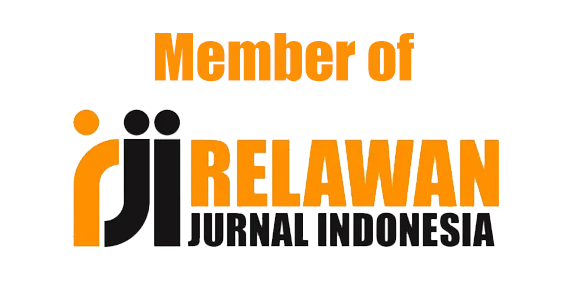DISIPLIN PASAR DAN MORAL HAZARD BANK
DOI:
https://doi.org/10.24256/alw.v2i1.536Keywords:
MDiscipline, Moral Hazard, Bank, Agency TheoryAbstract
References
Basel Committee on Banking Supervision. (2001). Working Paper on Pillar 3-Market discipline. Bank for International Settlement.
Berger, A. N. (1991). Market Discipline in Banking. In Proceedings of a Conference on Bank Structure and Competition, Federal Reserve Bank of Chicago.
Bliss, R.& Flannery, M. J. (2002). Market discipline in the governanceof U.S. bank holding companies: Monitoring vs influencing. European Finance Review, 6, 361–395.
Caldwell, G. (2007). Blueprints for a new global financial architecture. American Enterprise Institute. Washington DC.
DaSilva, L. A. P., & Yoshitomi, M. (2001). Can “moral hazard†explain the Asian crises? ADB Institute Research Paper, 29, 1–80
Flannery, M. J. (2001). The faces of “market discipline.†Journal of Financial Services Research, 20(2/3).107-119.
Flannery, M. J., & Nikolova, S. (2004). Market discipline of US financial firms: Recent evidence and research issues. Market Discipline across Countries and Industries, 87–100.
Forssbæck, J. (2009). Essay on market discipline in comercial and central banking. Copenhagen Business School.
International Association of Deposit Insurers (2008). Deposit insurance coverage. Research and Guidance Commitee Internatioanl Assocaition of Deposits Insurers, (August), 1–45.
International Association of Deposit Insurers (2013). Enhanced Guidance for Effective Deposit Insurance Systems : Mitigating Moral Hazard. Research and Guidance Commitee Internatioanl Assocaition of Deposits Insurers, (May), 1– 22.
Jensen, M. C., & Meckling, W. H. (1976). Theory of the firm: Managerial behavior, agency costs and ownership structure. Journal of Financial Economics, 3(4), 305–360. http://doi.org/10.1016/0304-405X(76)90026-X
Keeley, M. C. (1990). Deposit Insurance, Risk, and Market Power in Banking. The American Economic Review, 80(5), 1183–1200. http://doi.org/10.2307/2006769
King, T.(2008). Discipline and liquidity in the interbank market. Journal of Money, Credit and Banking, 40(2-3), 295–317.
Krugman, P. (1998). What happened to Asia? In Conference Paper in Japan. Southwestern Publishing.
Martinez-Miera, D., & Repullo, R. (2010). Does Competition Reduce the Risk of Bank Failure ? The Review of Financial Studies, 23(0801), 3638–3664. Retrieved from http//www.jstor.org/stable/40865571
Mishkin, F. S. (2004). The Economic of Money, Banking, and Finacial Markets. PEARSON Addison Walley.
Nier, E., & Baumann, U. (2006). Market discipline, disclosure and moral hazard in banking. Journal of Financial Intermediation, 15(3), 332–361. http://doi.org/10.1016/j.jfi.2006.03.001
Park, S., & Peristiani, S. (2007). Are bank shareholders enemies of regulators or a potential source of market discipline? Journal of Banking & Finance, 31(8), 2493–2515. http://doi.org/10.1016/j.jbankfin.2006.10.025
Trisnoningsih, M. D. (2008). Perlindungan hukum terhadap nasabah penyimpan dalam kaitannya dengan keberadaan undang-undang no. 24 tahun 2004 tentang Lembaga Penjaminan Simpanan pada PT Bank Rakyat Indonesia. Universitas Gadjah Mada.























